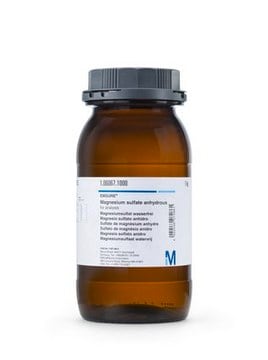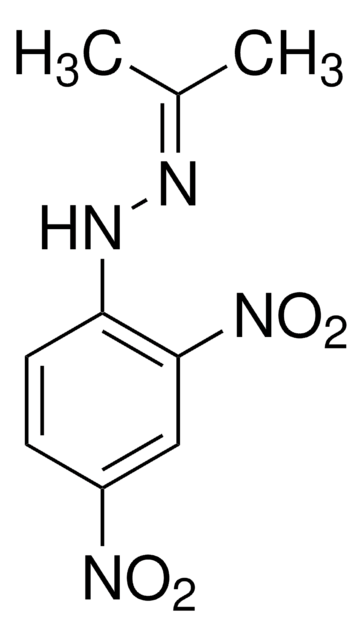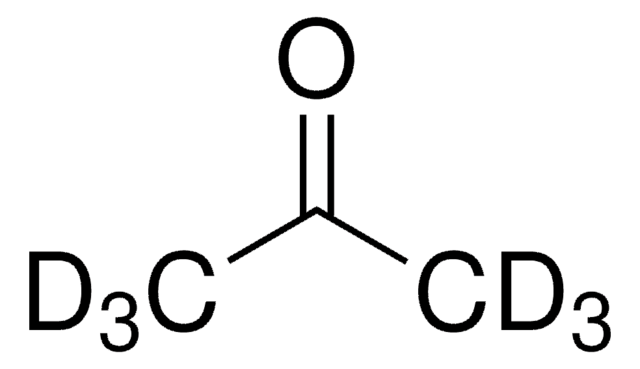1006801
USP
Acetone
United States Pharmacopeia (USP) Reference Standard
Synonym(s):
2-propanone
About This Item
Recommended Products
grade
pharmaceutical primary standard
vapor density
2 (vs air)
vapor pressure
184 mmHg ( 20 °C)
form
liquid
expl. lim.
13.2 %
manufacturer/tradename
USP
availability
not available in (Sales restrictions may apply)
refractive index
n20/D 1.359 (lit.)
bp
56 °C/760 mmHg (lit.)
mp
−94 °C (lit.)
density
0.791 g/mL at 25 °C (lit.)
application(s)
pharmaceutical (small molecule)
format
neat
SMILES string
CC(C)=O
InChI
1S/C3H6O/c1-3(2)4/h1-2H3
InChI key
CSCPPACGZOOCGX-UHFFFAOYSA-N
Looking for similar products? Visit Product Comparison Guide
General description
Application
Also used to prepare standard and system suitability solutions for the assay, and impurity analysis according to the given below monographs of United States Pharmacopeia (USP):
- Acetone
- Methyl Alcohol
- Doxorubicin Hydrochloride
Analysis Note
Other Notes
related product
Signal Word
Danger
Hazard Statements
Precautionary Statements
Hazard Classifications
Eye Irrit. 2 - Flam. Liq. 2 - STOT SE 3
Target Organs
Central nervous system
Supplementary Hazards
Storage Class Code
3 - Flammable liquids
WGK
WGK 1
Flash Point(F)
1.4 °F - closed cup
Flash Point(C)
-17.0 °C - closed cup
Choose from one of the most recent versions:
Certificates of Analysis (COA)
Sorry, we don't have COAs for this product available online at this time.
If you need assistance, please contact Customer Support.
Already Own This Product?
Find documentation for the products that you have recently purchased in the Document Library.
Customers Also Viewed
Our team of scientists has experience in all areas of research including Life Science, Material Science, Chemical Synthesis, Chromatography, Analytical and many others.
Contact Technical Service










